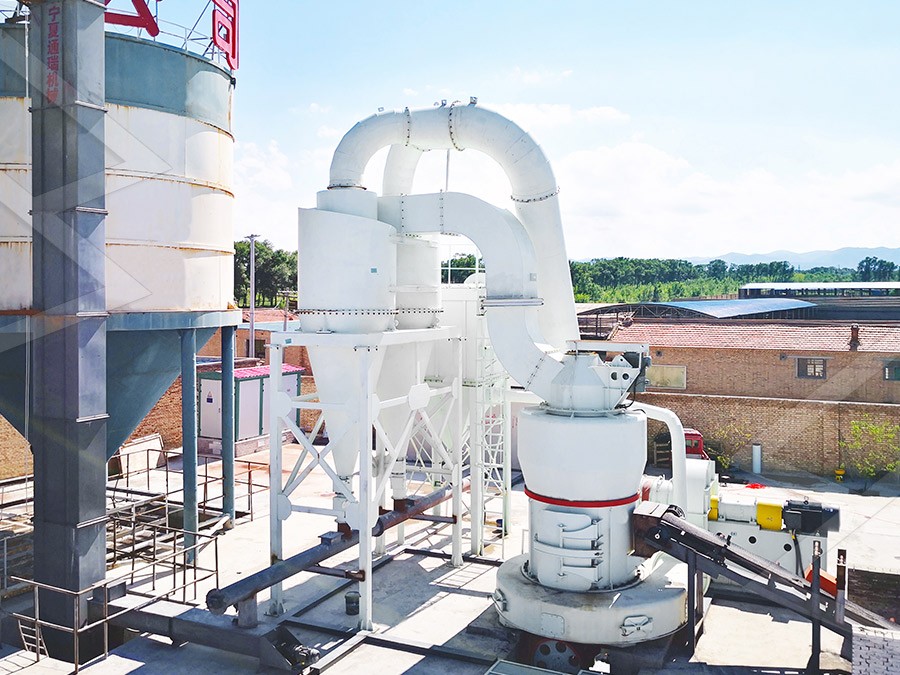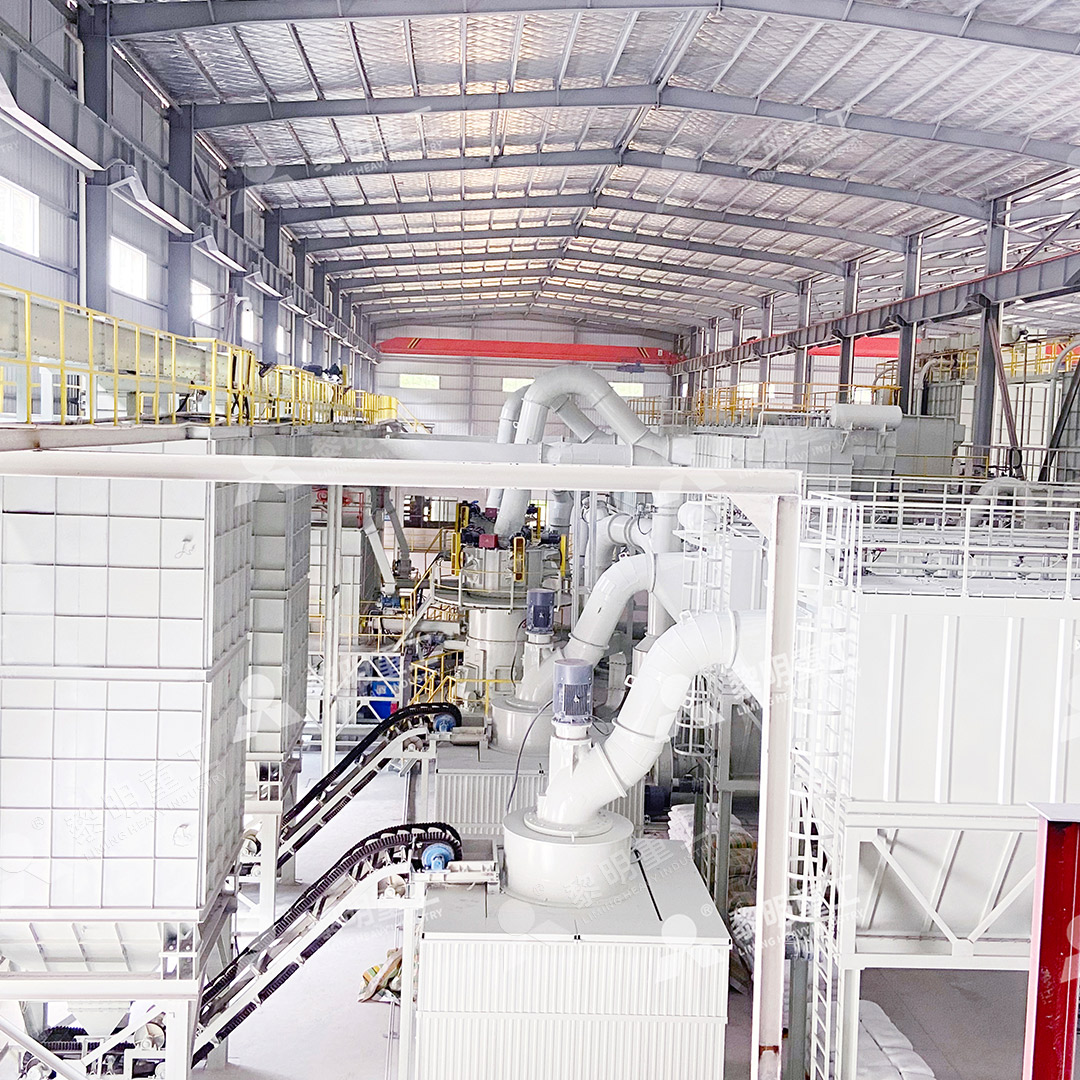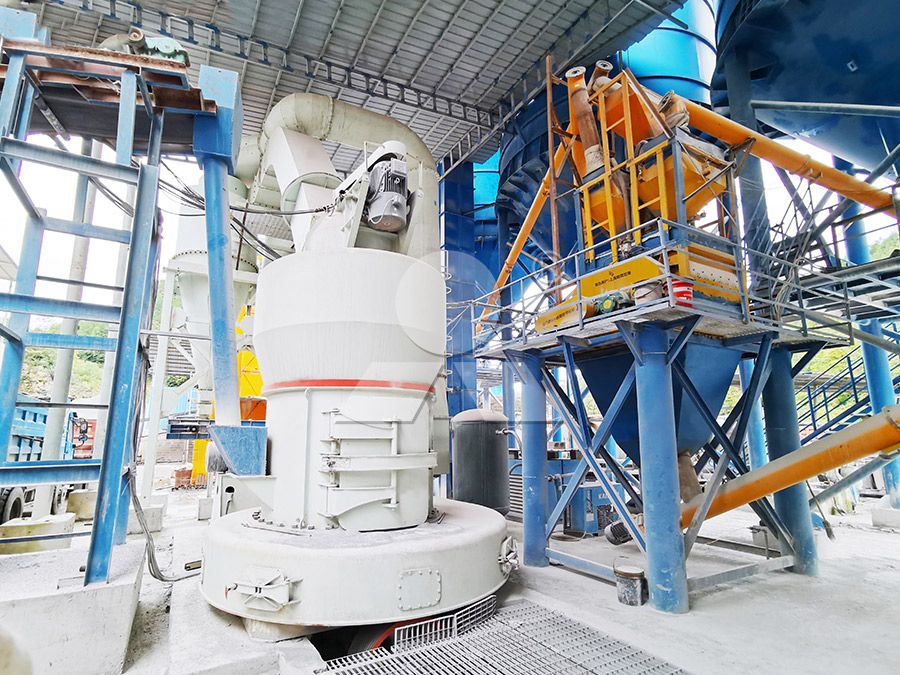Talc Processing with European Type Grinding Mill: Efficiency and Applications
Talc Processing with European Type Grinding Mill: Efficiency and Applications
In the world of industrial mineral processing, talc represents one of the most versatile and widely used materials across multiple sectors. From cosmetics and pharmaceuticals to plastics and paints, the demand for high-quality talc powder continues to grow. The key to unlocking talc’s full potential lies in the efficiency and precision of the grinding technology employed.

European-type grinding mills have emerged as the industry standard for talc processing, offering significant advantages over traditional grinding systems. These advanced mills combine robust construction with precision engineering to deliver consistent particle size distribution and superior product quality.
The Importance of Proper Talc Processing
Talc’s value in industrial applications is directly tied to its particle size, purity, and brightness. Inadequate grinding can compromise these essential characteristics, leading to substandard products and reduced market value. The European grinding approach addresses these challenges through innovative design features that maintain talc’s natural properties while achieving the desired fineness.
For operations requiring ultra-fine talc powder with precise particle distribution, our MW Ultrafine Grinding Mill represents the pinnacle of grinding technology. This advanced system processes materials with input sizes up to 20 mm and delivers production capacities ranging from 0.5 to 25 tons per hour, making it ideal for medium to large-scale talc processing operations.
Technical Advantages in Talc Applications
The MW Ultrafine Grinding Mill incorporates several proprietary technologies that make it particularly well-suited for talc processing. Its newly designed grinding curves for rollers and rings enhance grinding efficiency significantly, achieving production capacity 40% higher than jet grinding mills and twice that of traditional ball mills, while consuming only 30% of the energy compared to jet milling systems.

What sets this technology apart is its adjustable fineness capability, allowing operators to produce talc powders ranging from 325 to 2500 meshes with exceptional precision. The German-engineered cage-type powder selector ensures accurate particle separation, achieving screening rates of d97≤5μm in a single pass.
Operational Efficiency and Environmental Considerations
Modern talc processing facilities must balance production efficiency with environmental responsibility. The European grinding approach excels in both areas. The absence of rolling bearings and screws within the grinding chamber eliminates common failure points and reduces maintenance requirements. External lubrication systems enable continuous 24-hour operation without shutdowns for maintenance.
Environmental compliance is ensured through integrated pulse dust collectors that effectively contain talc dust throughout the milling process. Combined with silencers and noise elimination technology, these systems operate well within national environmental protection standards, addressing both air quality and noise pollution concerns.
For operations requiring different capacity parameters, our LUM Ultrafine Vertical Grinding Mill offers complementary capabilities with input sizes up to 10 mm and capacities of 5-18 tph. This system incorporates the latest Taiwanese grinding roller technology and German powder separating technology, providing exceptional flexibility for specialized talc applications.

Applications Across Industries
The superior quality of talc processed through European grinding technology opens doors to premium markets. In cosmetics, the consistent particle size ensures smooth texture and optimal coverage. Pharmaceutical applications benefit from the high purity and controlled contamination levels. Industrial applications including plastics, paints, and ceramics achieve enhanced performance characteristics due to the precise particle size distribution.
Frequently Asked Questions
What makes European-type grinding mills superior for talc processing?
European grinding mills incorporate advanced design features including optimized grinding curves, precision powder selection systems, and environmentally conscious dust collection that collectively deliver higher quality talc powder with greater efficiency and lower operating costs.
How does the MW Ultrafine Grinding Mill achieve such high energy efficiency?
The MW mill utilizes newly designed grinding curves and an efficient mechanical structure that reduces energy consumption by up to 70% compared to traditional jet mills while increasing production capacity by 40%.
What particle size range can be achieved with these grinding systems?
Our MW Ultrafine Grinding Mill can produce talc powders ranging from 325 to 2500 meshes, with the capability to achieve d97≤5μm in a single processing pass, providing exceptional flexibility for different application requirements.
How do these systems address environmental concerns associated with talc processing?
Integrated pulse dust collectors, silencers, and negative pressure operation effectively contain talc dust and reduce noise emissions, ensuring compliance with stringent environmental regulations while maintaining a safe working environment.
What maintenance advantages do these grinding systems offer?
The absence of internal rolling bearings and screws eliminates common failure points, while external lubrication systems enable maintenance without production stoppages, significantly reducing downtime and operating costs.
